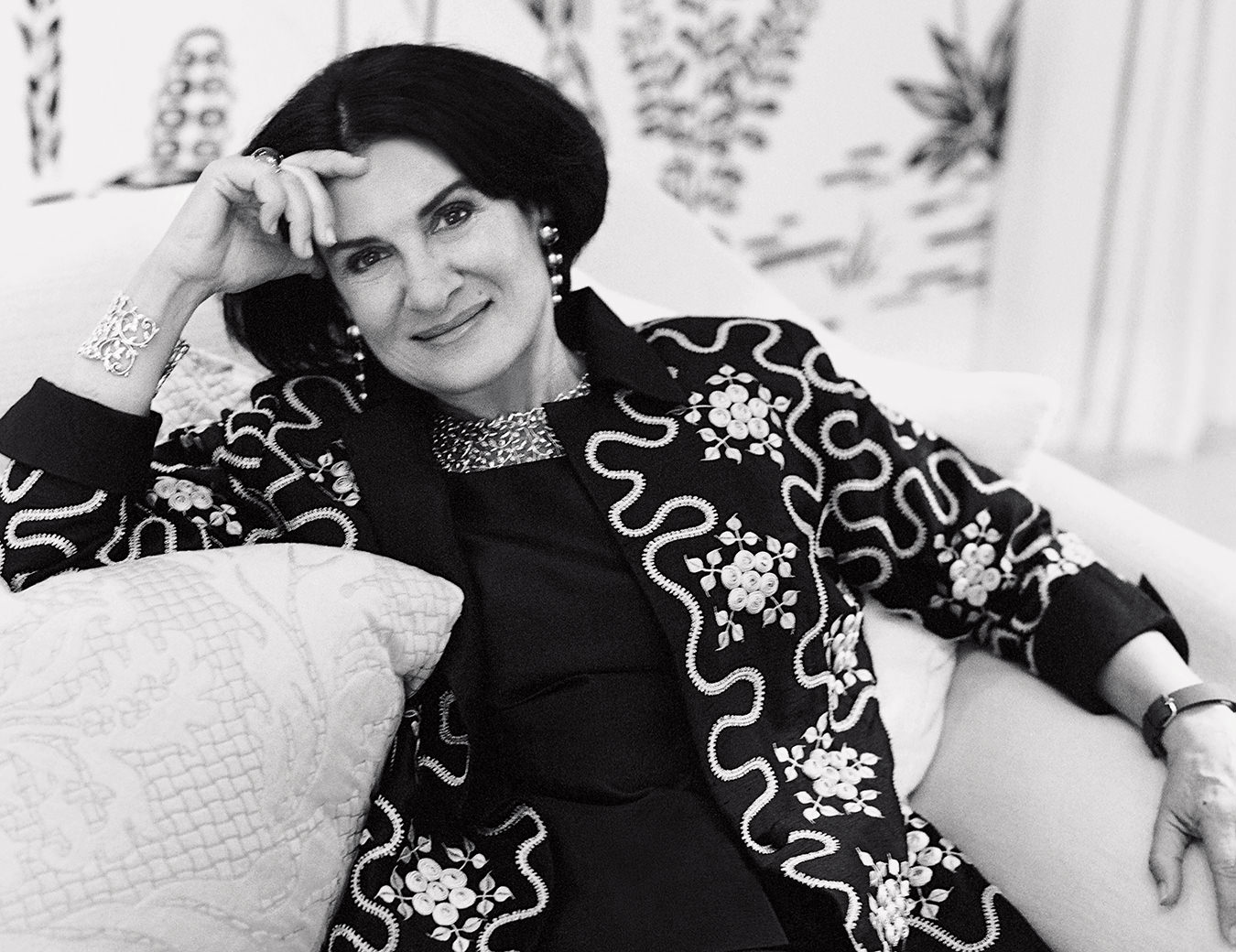Artificial Intelligence Poses a Solution to Subjective Sports Scores
Pity the poor figure-skating judge. Unlike the person in charge of the stopwatch at the track, the job of judge is highly technical (was that jump a lutz, a salchow, a loop, or an axel?) and subjective (was it worth a 7.6 or a 7.7?) at the same time.
This sounds like a job for AI. By analyzing multiangle video footage and applying an algorithm that scores skaters based on known technical manoeuvres, a computer judge can take the subjectivity and error out of skating—or boxing or gymnastics or freestyle skiing or pretty much any other sport—with a few lines of code.
Far-fetched? Not really: basic video replay has been overseeing referees and umpires in most professional sports leagues for years. Tennis, soccer, volleyball, and cricket aficionados will be familiar with the Hawk-Eye video system installed above the out-of-bounds or goal line—a system used by 23 of the top 25 sports leagues and federations around the world.
For sports long plagued by allegations of error and subjectivity (to say nothing of political bias, horse trading, and outright bribery), it’s easy to see the appeal of such an approach. The ability to capture an athletic performance from multiple perspectives, zoom in on any part of an athlete’s body, and evaluate a given movement frame by frame gives AI the power to literally see things a human judge can’t. At the same time, its neutrality helps it ignore things that a human does see, such as skin colour or nationality. And of course, an AI judge never gets tired, bored, or disengaged after seeing several similar performances over several days in a row.
Sounds good in theory. But coordinating multiple cameras across multiple stadiums will be costly. Building chips fast enough to crunch through reams of real-time video will be a challenge too. And then there’s the inherent limitation to what a computer is able to judge. The twisting of limbs and the motion of joints—sure. But what about the artistic side of sport? How can a computer judge how elegantly a given movement flows into the next? How refined the athlete’s motion or expression? How well the music of a routine echoes the movement on the ice?
Or what about the big question: how can a tool trained on what has come before evaluate something never before seen? How can AI judge the beauty of a just-invented move, the grace of an original gesture, or the elation felt by spectators taken aback at the sheer originality of a performance? Many sports enthusiasts and traditionalists will say: it can’t. To which Silicon Valley will almost certainly reply: game on.




